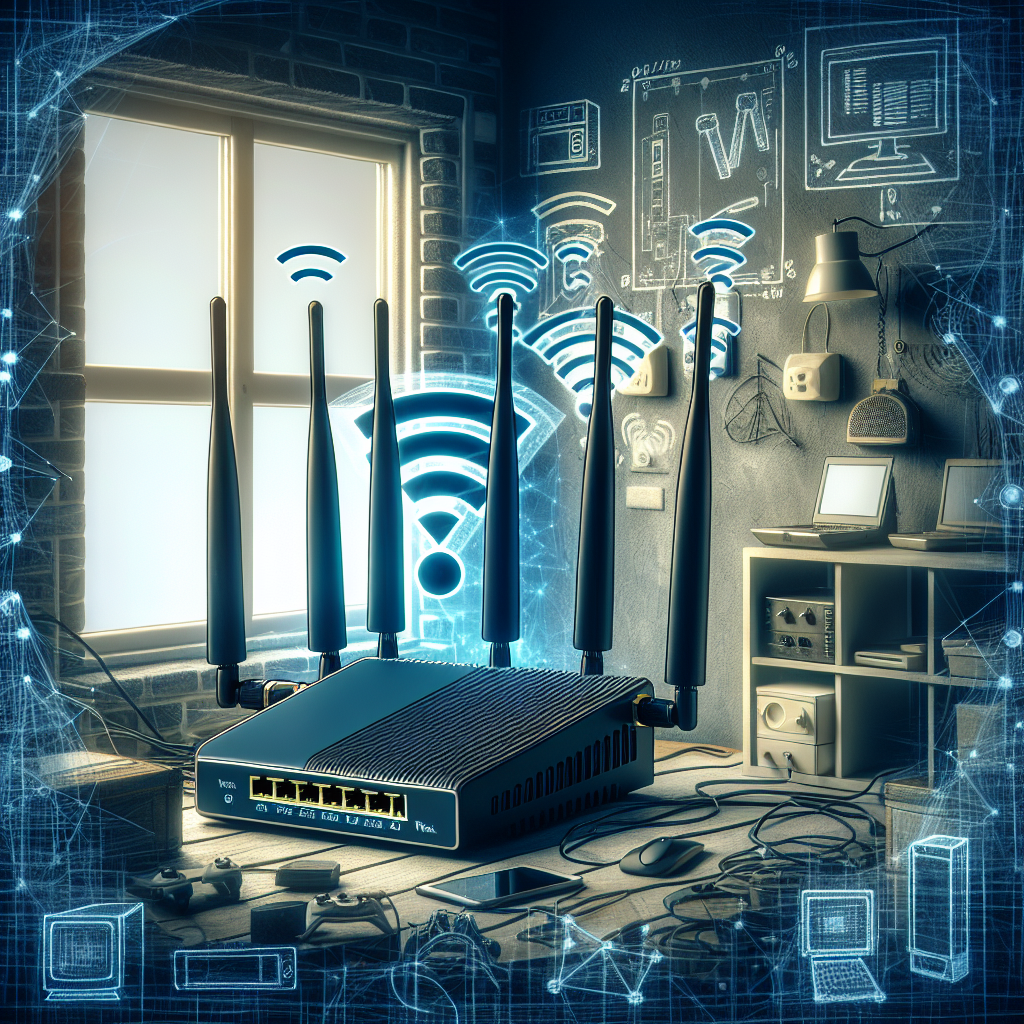Can a router’s performance be affected by its location?
The performance of a router can indeed be significantly affected by its location. While it’s easy to overlook the importance of proper placement, the location of your router plays a critical role in ensuring a strong and stable internet connection. Understanding the optimal positioning for your router can help you maximize its efficiency and enhance your wireless network’s overall performance.
Why Router Location Matters
The placement of a router affects the range and strength of the Wi-Fi signal. Factors such as physical obstructions, electronic interference, and distance from connected devices can impact signal quality. Let’s delve into each of these factors in detail:
Physical Obstructions
The presence of walls, floors, and furniture between your router and your devices can weaken the Wi-Fi signal. Materials like metal, concrete, and brick are particularly notorious for obstructing wireless signals.
| Material | Impact on Signal |
|---|---|
| Wood | Low |
| Drywall | Low to Medium |
| Brick | High |
| Concrete | Very High |
| Metal | Very High |
For example, placing a router in a corner of the house surrounded by thick walls will result in a weaker signal compared to a centrally located position with fewer obstructions.
Electronic Interference
Other electronic devices can interfere with your router’s signal. Common culprits include microwaves, cordless phones, baby monitors, and Bluetooth devices. These devices operate on the same frequency bands as Wi-Fi routers, causing signal disruption and degradation.
Common Electronic Interference Sources:
- Microwaves
- Cordless phones
- Baby monitors
- Bluetooth devices
Position your router away from such devices to minimize interference.
Distance from Devices
The farther your devices are from the router, the weaker the signal they receive. Signals tend to weaken with distance due to the loss of signal strength over space.
To ensure optimal performance, place the router in a central location relative to the devices you frequently use within your home or office.
Optimal Router Placement
Central Location
The best place for a router is generally a central location in your home or office. This ensures that the signal travels evenly throughout the space, minimizing potential dead zones.
Elevation
Positioning your router at a higher elevation, such as on a shelf or mounted on a wall, can enhance signal coverage. Wi-Fi signals spread outward and downward, so higher placement facilitates better distribution of the signal.
Avoiding Corners and Enclosed Spaces
Avoid placing your router in a corner, closet, or other closed-off spaces. These locations can limit the signal range and lead to poor performance.
Tips for Best Placement:
- Place the router on a high, central shelf.
- Keep it away from large metal objects.
- Avoid placing it behind thick walls or in closed cabinets.
Technological Solutions for Better Performance
Mesh Networks
Consider using mesh networks if your home or office is large or has many obstacles. A mesh network uses multiple nodes placed throughout the space to ensure consistent coverage.
Advantages of Mesh Networks:
- Improved coverage across large areas
- Seamless connectivity without dead zones
- Scalable by adding more nodes
Wi-Fi Extenders and Boosters
Wi-Fi extenders or boosters can be used to amplify the router’s signal, providing better coverage in areas where the signal is weak. These devices receive the existing signal and rebroadcast it, extending the coverage area.
Considerations for Extenders and Boosters:
- Place extenders in areas with a strong signal from the router
- Avoid placing them too far from the router
- Ensure compatibility with your router model
Conclusion
The performance of your router is heavily influenced by its location. By strategically placing your router in an optimal position, you can significantly enhance your Wi-Fi signal strength and overall internet experience. Factors such as physical obstructions, electronic interference, and proximity to devices should be considered when deciding where to place your router. Utilizing advanced technological solutions like mesh networks and Wi-Fi extenders can further improve performance, providing a reliable and strong internet connection throughout your space.

